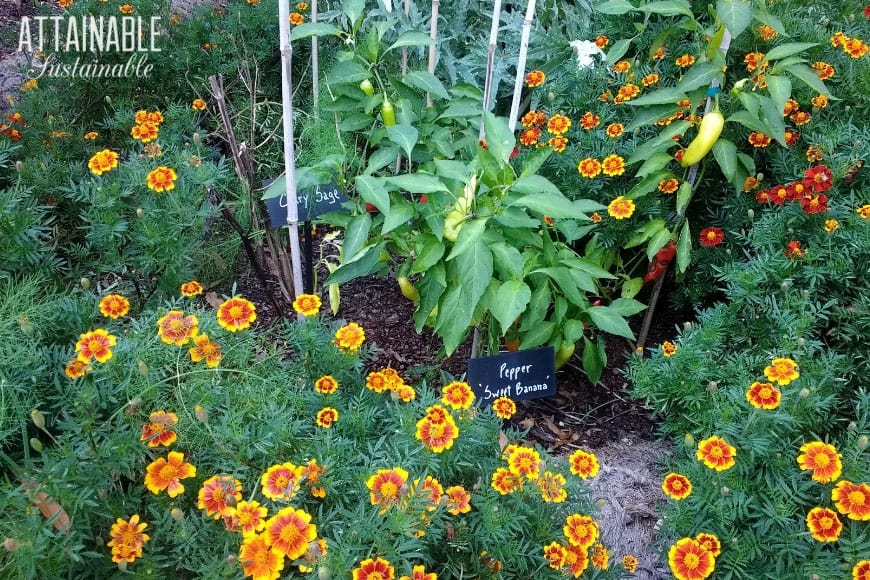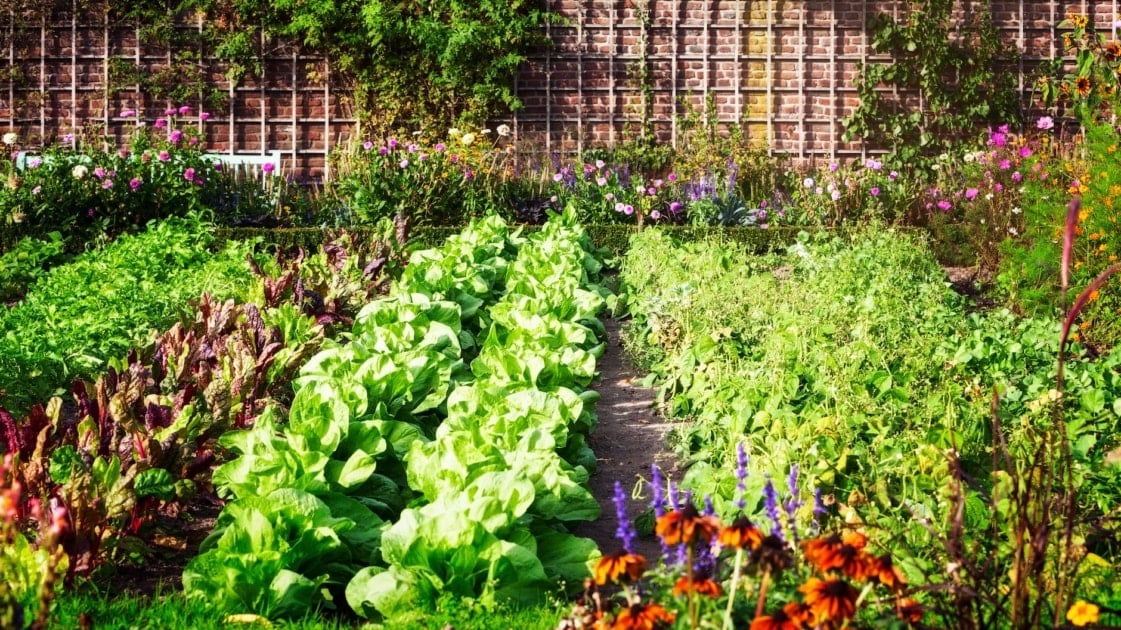Lavender: The Perfect Companion Plant For Your Vegetable Garden
Lavender is a beautiful and fragrant herb that is often used in gardens for its ornamental and culinary qualities. However, lavender can also be a valuable companion plant for vegetables. In this blog post, we will discuss the benefits of companion planting with lavender, as well as some of the best vegetables to plant with lavender.
Benefits of Companion Planting with Lavender
There are several benefits to companion planting with lavender. First, lavender can help to deter pests. The strong fragrance of lavender can repel insects such as cabbage moths, carrot flies, and whiteflies. This can help to protect your vegetable plants from damage and infestation.
Second, lavender can help to attract beneficial insects. The nectar and pollen produced by lavender flowers are attractive to pollinators such as bees and butterflies. These insects can help to pollinate your vegetable plants, which can lead to increased yields.
Third, lavender can help to improve the soil. Lavender plants have deep roots that can help to break up compacted soil. They also release compounds that can help to improve the drainage and fertility of the soil. This can create a more beneficial environment for your vegetable plants to grow in.
Best Vegetables to Plant with Lavender
There are many vegetables that can be planted with lavender. Some of the best vegetable companions for lavender include:
- Carrots: Lavender can help to repel carrot flies, which are a common pest of carrots.
- Cabbage: Lavender can help to deter cabbage moths, which can damage cabbage leaves.
- Celery: Lavender can help to attract beneficial insects that pollinate celery flowers.
- Potatoes: Lavender can help to improve the drainage of potato soil, which can help to prevent potato diseases.
- Tomatoes: Lavender can help to attract beneficial insects that pollinate tomato flowers.
How to Plant Lavender with Vegetables
When planting lavender with vegetables, it is important to choose plants that have similar growing requirements. Lavender prefers full sun and well-drained soil. It is also important to space lavender plants at least 12 inches apart, as they can spread over time.
To plant lavender with vegetables, dig a hole that is twice the size of the lavender plant's root ball. Add some compost or other organic matter to the soil, and then place the lavender plant in the hole. Backfill the hole with soil and water the plant well.
Once the lavender plant is established, you can water it as needed. Lavender is drought-tolerant, but it will benefit from regular watering during hot, dry weather. You should also fertilize lavender plants once a year in the spring with a balanced fertilizer.
Conclusion
Lavender is a beautiful and fragrant herb that can be a valuable companion plant for vegetables. The strong fragrance of lavender can deter pests, attract beneficial insects, and improve the soil. When planted with vegetables that have similar growing requirements, lavender can help to increase yields and improve the overall health of your vegetable garden.
Lavender is a beautiful and fragrant herb that can add a touch of elegance to any garden. But did you know that lavender can also be a beneficial companion plant for vegetables?
Lavender can help to repel pests and attract beneficial insects, which can improve the health and productivity of your vegetable plants. For example, lavender can help to repel cabbage moths, which are a common pest of cabbage plants. It can also attract bees and other pollinators, which are essential for the pollination of many vegetables.
In addition, lavender can help to improve the soil quality in your garden. It is a nitrogen-fixing plant, which means that it can convert atmospheric nitrogen into a form that can be used by other plants. This can help to improve the growth and yield of your vegetable plants.
If you are looking for ways to improve the health and productivity of your vegetable garden, consider planting lavender as a companion plant. There are many different vegetables that can benefit from planting with lavender. For more information on which vegetables to plant with lavender, please visit Gardenia Inspiration.
FAQ of lavender companion vegetable plants
- What vegetables grow best with lavender?
Lavender is beneficial around a variety of vegetables, including:
- Chamomile
- Lettuce
- Brassicas (such as broccoli, Brussels sprouts, and cabbage)
- Onions
- Tomatoes
- Oregano
- Thyme
- Marjoram
- Sage
- Rosemary
- Basil
- Lemon balm
- Squash
These vegetables benefit from lavender's strong scent, which can help to repel pests and attract pollinators.
- Is lavender a good companion plant?
Yes, lavender is a good companion plant for many vegetables. Its strong scent can help to repel pests, such as cabbage moths, carrot flies, and Japanese beetles. It can also attract pollinators, such as bees and butterflies, which can help to improve pollination and yield.
- What are some other good companion plants for lavender?
In addition to the vegetables listed above, other good companion plants for lavender include:
- Marigolds
- Mint
- Roses
- Strawberries
- Beans
- Peas
- Carrots
- Potatoes
- Spinach
- Cucumbers
These plants can help to improve the growth and health of lavender, or they can help to deter pests.
- How far apart should lavender plants be planted?
Lavender plants should be planted about 18-24 inches apart. This will give them enough space to grow and spread.
- How much sun does lavender need?
Lavender needs full sun to thrive. It should be planted in an area that receives at least 6 hours of sunlight per day.
Image of lavender companion vegetable plants
Here are 5 different images of "lavender companion vegetable plants" from Pinterest:
- Tomatoes: Lavender is a good companion plant for tomatoes because it helps to repel tomato hornworms.

- Carrots: Lavender helps to deter carrot flies, which are a common pest of carrots.

- Beans: Lavender helps to attract bees, which are important pollinators for beans.

- Peas: Lavender helps to repel aphids, which are a common pest of peas.

- Cucumbers: Lavender helps to repel cucumber beetles, which are a common pest of cucumbers.

Post a Comment for "Lavender: The Perfect Companion Plant For Your Vegetable Garden"